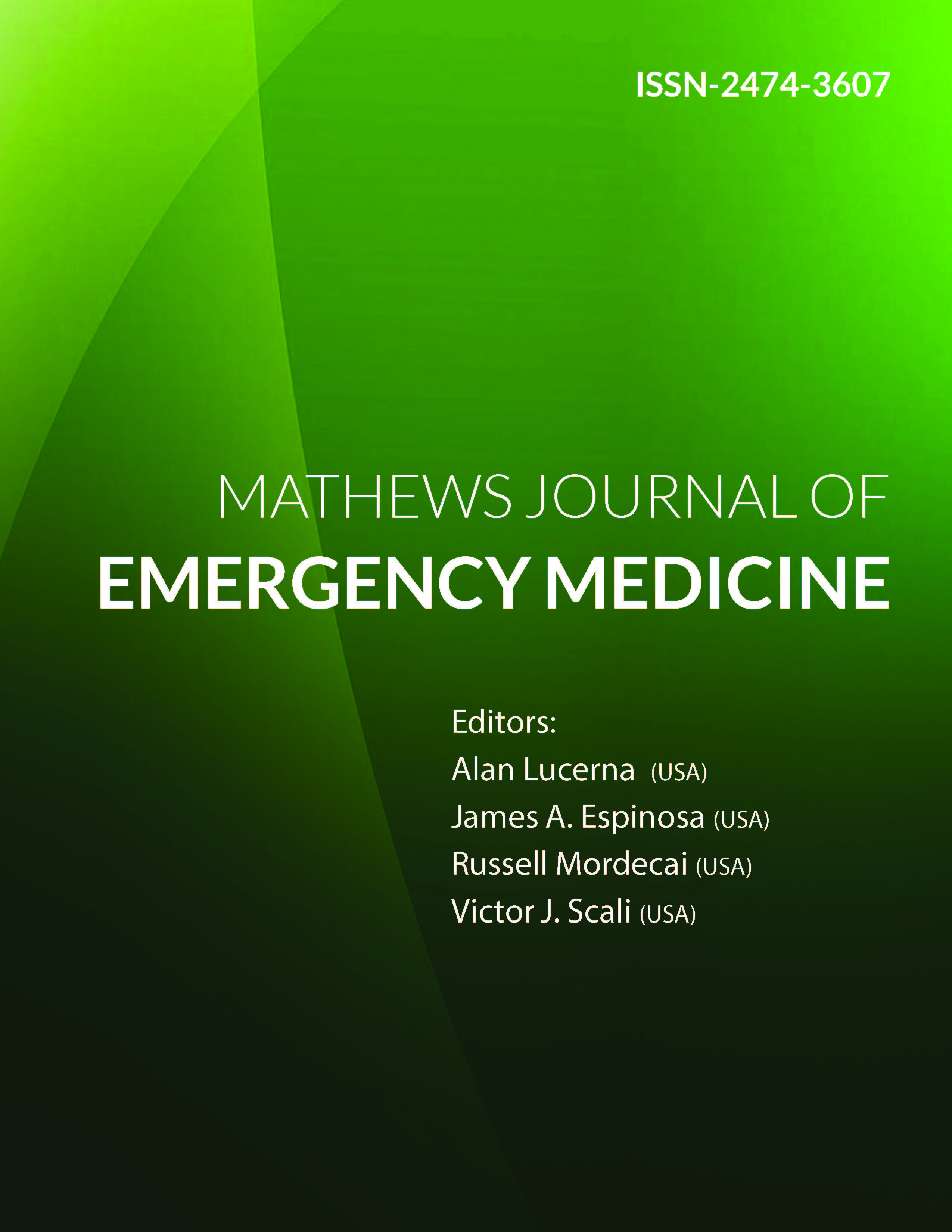
Information Links
Previous Issues Volume 7, Issue 1 - 2022
Healthcare Documents: How Readable? A Study of Simple Strategies to Decrease Reading Grade Level and Increase Reading Ease of Healthcare Documents
James Espinosa*, Alan Lucerna, Henry Schuitema
Department of Emergency Medicine, Rowan University, USA
Received Date: June 19, 2022
Published Date: July 15, 2022
*Corresponding author: James Espinosa Department of Emergency Medicine, Rowan University SOM/Jefferson - Stratford, NJ, USA, 18 East Laurel Road, Stratford, NJ 08084, Tel: 8563045101 E-mail: [email protected]
Citation: Espinosa J, Lucerna A, Schuitema H. (2022). Healthcare Documents: How Readable? A Study of Simple Strategies to Decrease Reading Grade Level and Increase Reading Ease of Healthcare Documents. Mathews J Emergency Med. 7(1):44.
Copyright: Espinosa J, et al. © (2022).
ABSTRACT
Background: The field of healthcare is becoming more aware of the need for patients to be able understand the consent forms we provide. Health literacy is often defined as the ability to read, understand, and act correctly on health information. Health literacy surveys have consistently shown that about 24% of the population cannot read at the 5th grade level. About 66% of the population can read at the 6th grade level. It is for this reason that the target grade level for most newspapers and lay periodicals is set at a goal of a 6th grade reading level. [1-2] How can one study the reading level and reading ease of a document? A well-known formula for determining the reading grade level of a document is the Flesch-Kincaid Grade Score (FKGS). The Flesch Reading Ease Score (FRES) is a well-known formula for determining reading ease. One advantage of these two tests is that they are both available on a widely-available word processing platform. Methods: The purpose of this project was to identify a random sample of consent forms, open source, from the internet. The Flesch-Kincaid Grade Level and Flesch Reading Ease tests were applied to the random sample. Then two simple strategies were tested—reduction in sentence length and reduction of multi-syllable words. Sentence length was tested in isolation as well as in tandem with reduction of multi-syllable words. Results: All of the documents in the sample frame were at or above the FKGS of 8th grade reading level. The minimum FKGS grade level was 8. The maximum FKGS grade level was 21. The median FKGS was 11. The mean FKGS was 12.05. The overall paragraph sample Flesch Reading Ease Score (FRES) was 40.6% (Minimum 15, maximum 60, median 40). The sentence length intervention and sentence/syllable intervention both showed the effect of decreasing the reading grade level as expressed in the FKGS and of increasing reading ease as expressed in the FRES. These effects were highly statistically significant. The effects were incremental stepwise—sentence length intervention with word length reduction was statistically significantly lower in grade level and higher in reading ease than sentence length reduction alone. Conclusions: The sentence length intervention and sentence/syllable intervention both showed the effect of decreasing the reading grade level as expressed in the FKGS and of increasing reading ease as expressed in the FRES. These effects were highly statistically significant. Future directions could include a study of other literacy indicators. Hospital-based documents could be assessed for possible literacy intervention. Comparisons of reductions in FKGS and FRES could be compared to outcomes in other reading scores. Lastly, outcomes of patient comprehension pre and post literacy interventions, such as reductions in FKGS and increases in FRES, could be made.
Keywords: Healthcare Literacy, Consent Forms in Healthcare, Readability of Consent Forms